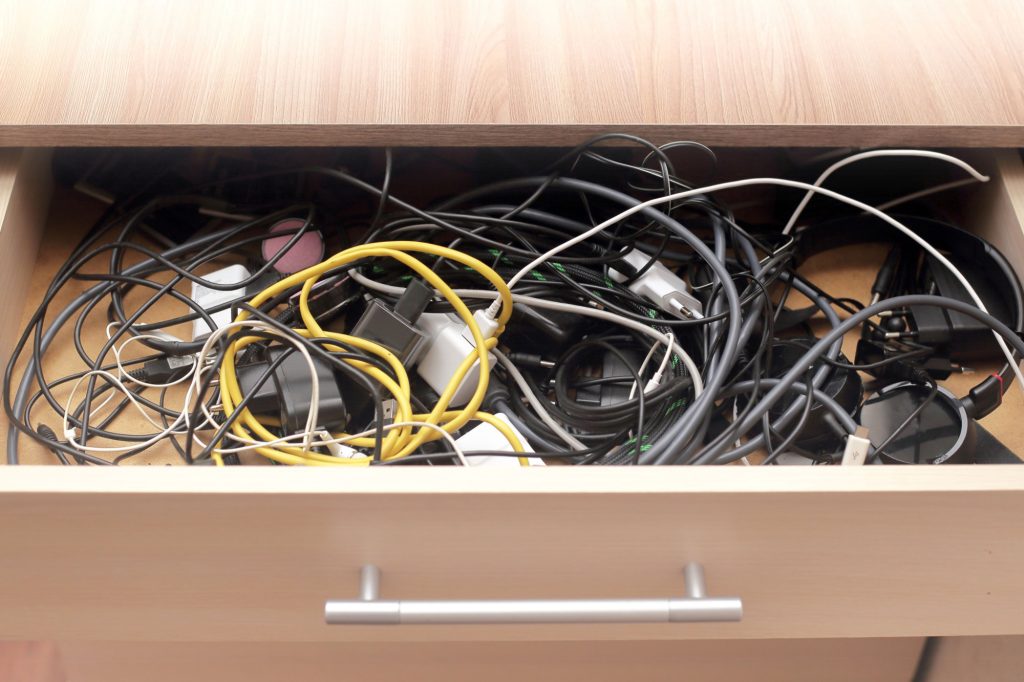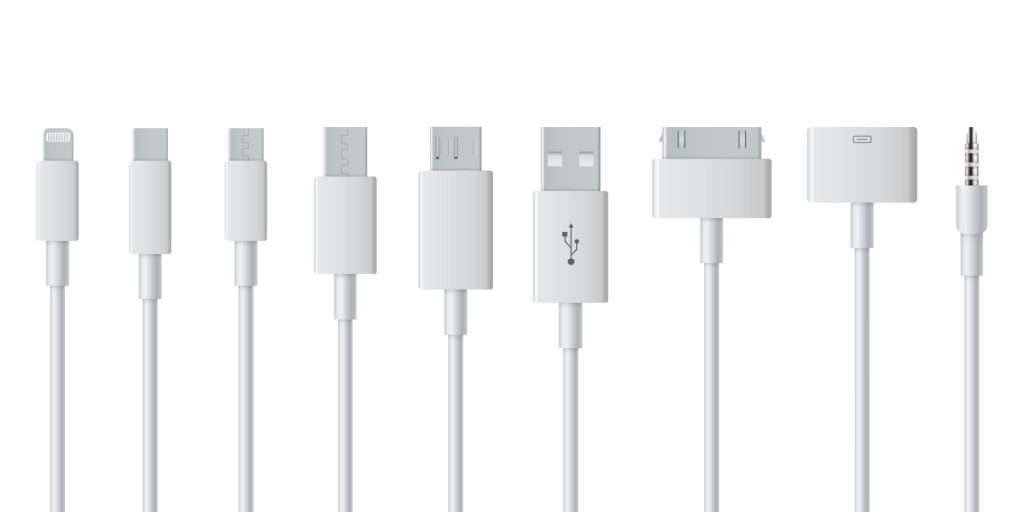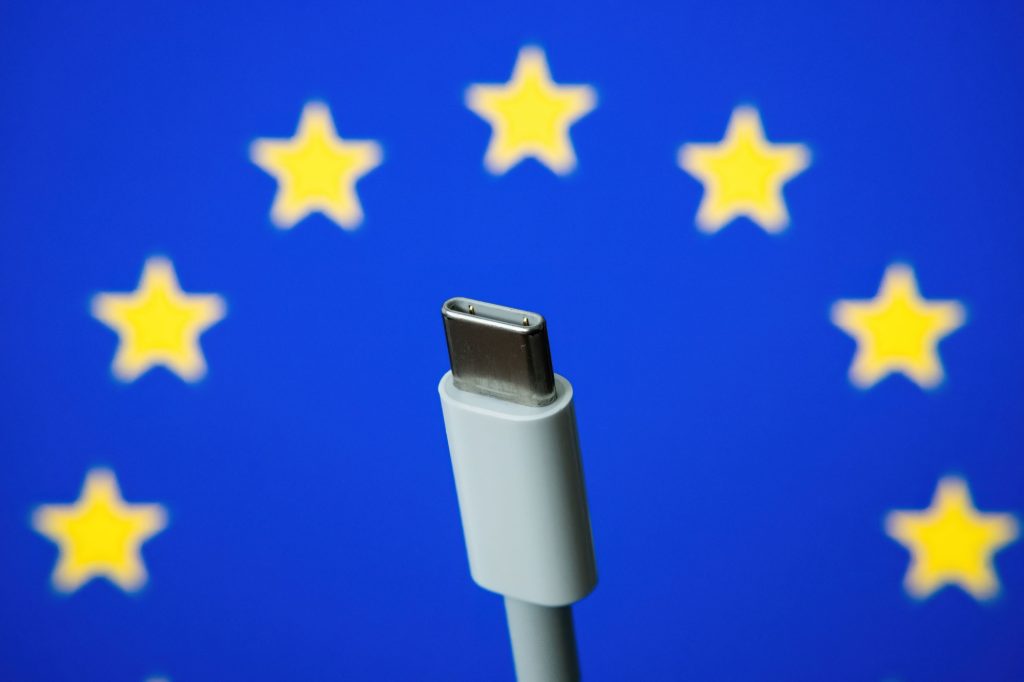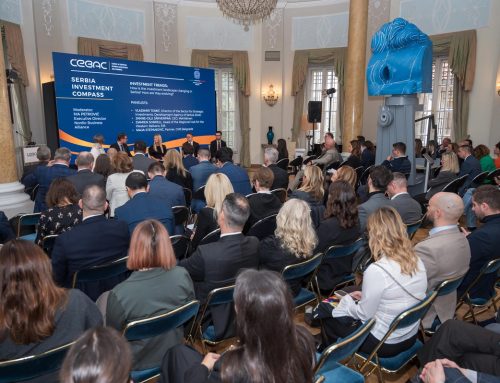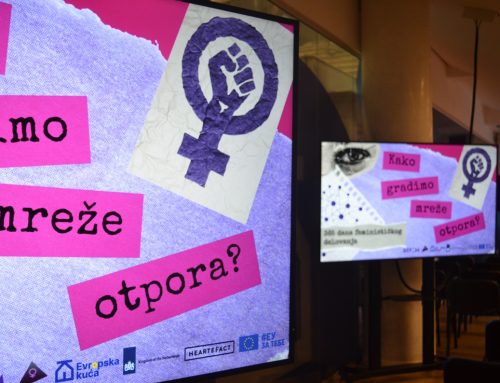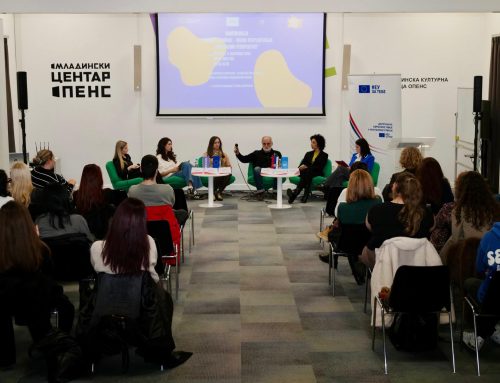How many times have you unexpectedly run out of battery on your phone or tablet when you were away visiting friends or on the road? Then the investigation begins in the direction of the right type of charger for the model of your device, which often ends with the answer: “I don’t have one for that model, the connector is different”.
Problems become visible from the moment of purchase, where you are faced with the offer of many different options for such a trivial thing, up to the moment you look at the real octopus of home chargers with the cables anchored in your power strip or somewhere in a drawer. The thing is that the current situation works only in favour of the manufacturers that have an interest in you continuously buying accessories compatible only with their products. The environment, practicality and savings on the user’s side come last. The situation in Europe regarding this injustice is finally turning around.
The rapporteur of the European Parliament, Alex Agius Saliba says that the universal charger is finally becoming a reality in Europe.
“We have been waiting for these rules for more than ten years, but we can finally leave the current multitude of chargers in the past. This future-proof legislation enables the development of innovative charging solutions in the future and everyone will benefit from it – from frustrated consumers to our vulnerable environment. These are difficult times for politics, but we have shown that the EU has not run out of ideas or solutions to improve the lives of millions of people in Europe and inspire other parts of the world to follow their example”, stressed Agius Saliba.
One charger for all mobile phones and tablets – USB Type-C port will be the new standard for portable devices, offering high-quality charging and data transfer. Customers will be able to choose whether to buy the new device with or without a charger. Following Parliament’s approval, EU consumers will soon be able to use a single charging solution for all their electronic devices.
By the end of 2024, all mobile phones, tablets and cameras sold in the EU will have to be equipped with a USB Type-C charger. From the spring of 2026, this obligation will also be extended to laptops. The recently adopted law is part of a broader EU effort to reduce e-waste and empower consumers to make more sustainable decisions.
Under the new rules, consumers will no longer need a different charger every time they buy a new device, as they will be able to use one charger for a range of small and medium-sized portable electronic devices.
Regardless of the manufacturer, all new cell phones, tablets, digital cameras, headsets, handheld video game consoles and portable speakers, e-readers, keyboards, mice, portable navigation systems, headsets and laptops that are charged via a wired cable that operate at up to 100 Watts, will need to be equipped with a USB Type-C port. All devices that support fast charging will now have the same charging speed, allowing users to charge their devices at the same speed with any compatible charger.
As wireless charging becomes more widespread, the European Commission will have to harmonize interoperability requirements by the end of 2024, in order to avoid negative impact on consumers and the environment. This will also eliminate the so-called “lock-in” effect, whereby the consumer becomes dependent of a single manufacturer.
These new obligations will help consumers save up to EUR 250 million a year on unnecessary purchases of chargers. Discarded and unused chargers make up about 11,000 tons of electronic waste per year in the EU. The Parliament has repeatedly called for the introduction of a universal charger in the past decade. Despite previous efforts to work with industry to reduce the number of mobile chargers, voluntary measures have not produced tangible results for EU consumers. The Commission finally submitted the legislative proposal on September 23, 2021.
As part of connectivity investments, the EU donated EUR 250 million for safer traffic in Serbia, connected the region with a network of cheaper roaming tariffs, modernized five key railway routes and reconstructed or improved three bridges and road with a total length of 682.5 km across the country. Connecting markets for faster and safer circulation of people, goods, investments and services is one of the key efforts of the EU. The European Union supports Serbia to improve its energy, transport and digital infrastructure, in order to become more market compatible and better connected with the region and the EU, with the aim of creating new jobs and opportunities. The European Union is the largest donor, trade partner and investor in Serbia, with over EUR 3.6 billion in grants approved for a number of projects over the past 20 years.


